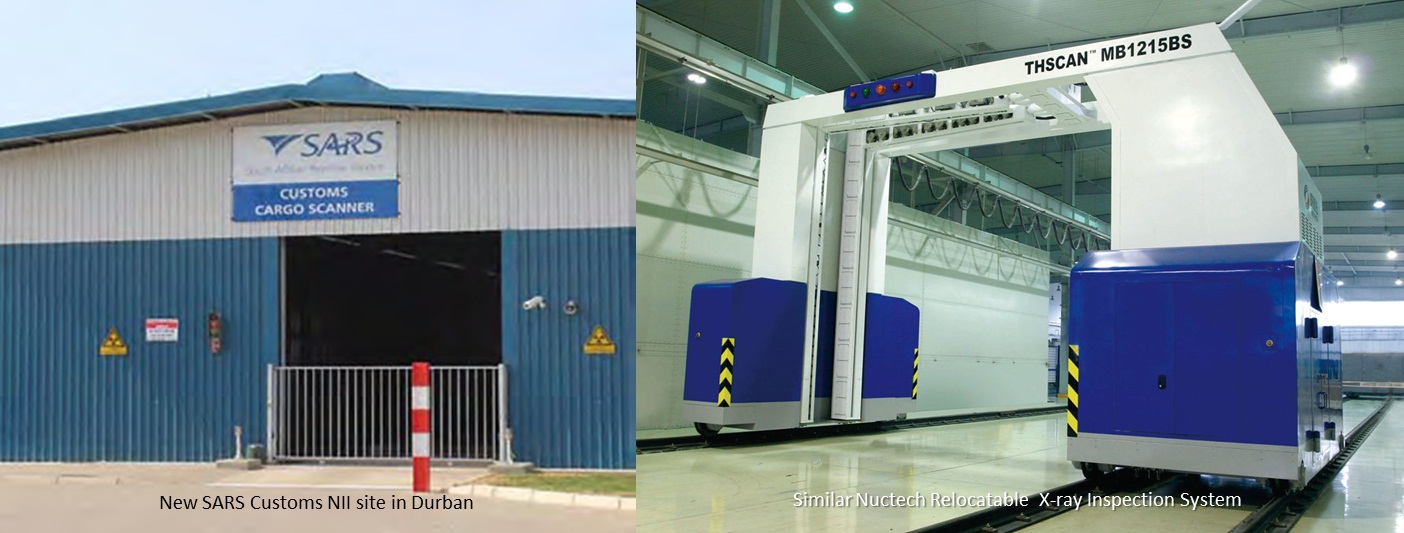Still haven't learn from the Jap mistakes during WW2?
Japs mistake during WW2 was to raid Perl Harbour TOO LATE. Their military capabilities were limited then, and wasn't able to attack USA main continent right from the beginning. Same phase as Hitler bombed London they should had done USA main continental cities.
USA was left alone to remain intact during most parts of WW2 until late phase when German Japs Italy and UK were already all exhaustd and out of war resources. That was when they raided Perl Harbour. It was too late. You can not leave out a potential enemy intact for so many years while you depleted and exhausted yourself so much to fight other enemies. Given to USA too much of strategic advantage over all other powers.
Japs got nuked by USA because of their mistake of leaving USA out of the WW2 for too many years and US was strong and intact and could make lots of war machines including nukes. if Japs had damaged USA like Germans did to UK, US won't have factories and energies and materials left to be able to fight Japs in Asia.
Should USA had been bombed like this (UK) they won't be able to nuke Japs:
Further to say if Japs did not raided Perl Harbour then and continued to left USA safe and strong while fighting like dogs with UK etc on and on. All the big boys would become too weak and and be finished off by USA within 1 to 2 years, just effortlessly. Japan saw that and they decided to pull USA into their WW2 by raiding Perl Harbour.
Today Putin must put down USA swift and nuked to ash within 90 minutes. That's how weapons are ready to be used today. ICBMs reaches any targets globally within 30 mins. Splash Splash! Learned from history. Do not leave USA alive and strong, finish them off and then immediately follow by taking out the remaining weaker alies of USA within the next 90 mins. No waste of time nor hesitations.
Fear? Fear is for the weaker enemies only!
http://en.wikipedia.org/wiki/Intercontinental_ballistic_missile
Flight phases
See also: Missile Defense § Classified by trajectory phase and Depressed trajectory
The following flight phases can be distinguished:
boost phase: 3 to 5 minutes (shorter for a solid rocket than for a liquid-propellant rocket); altitude at the end of this phase is typically 150 to 400 km (93 to 249 mi) depending on the trajectory chosen, typical burnout speed is 4 km/s (2.5 mi/s), up to the speed of Low Earth Orbit.
midcourse phase: approx. 25 minutes—sub-orbital spaceflight in an elliptic flightpath; the flightpath is part of an ellipse with a vertical major axis; the apogee (halfway through the midcourse phase) is at an altitude of approximately 1,200 km (750 mi); the semi-major axis is between 3,186 and 6,372 km (1,980 and 3,959 mi); the projection of the flightpath on the Earth's surface is close to a great circle, slightly displaced due to earth rotation during the time of flight; the missile may release several independent warheads, and penetration aids such as metallic-coated balloons, aluminum chaff, and full-scale warhead decoys.
reentry phase (starting at an altitude of 100 km (62 mi)): 2 minutes – impact is at a speed of up to 7 km/s (4.3 mi/s) (for early ICBMs less than 1 km/s (0.62 mi/s)); see also maneuverable reentry vehicle.




